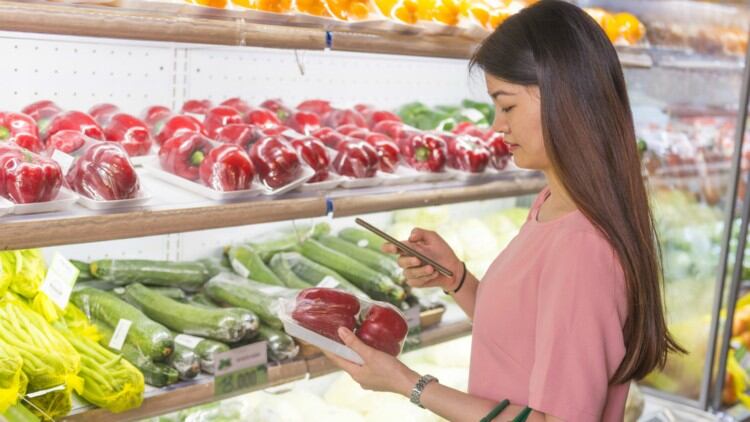These issues were brought up by Yang Peijun, the vice-chairman of Autonomous Region People’s Government in Ningxia Hui Autonomous Regions, during the second session of the 13th National Committee of the Chinese People’s Political Consultative Conference (CPPCC) that kicked off on Sunday (March 3) in Beijing.
The National Committee of the CPPCC is part of the annual “two sessions”, a key event in China’s political calendar where national lawmakers and political advisors come together to deliberate on national matters.
The other session is the 13th National People’s Congress (NPC) that will convene on March 5 and food safety is one of the key topics that will be brought up during the sessions.
During the first day of CPPCC, Yang pointed out some of the food traceability challenges that have surfaced, local media Ningxia Daily reported.
For example, coordination and planning efforts were lagging behind, while administrations from different regions are unable to share information related to food traceability.
There was also a gap in the traceability process, which in turn affected the ability to supervise the entire supply chain.
There were also other issues, such as an incomplete framework, the absence of harmonised industry standards, and insufficient policies to support traceability efforts.
As a result, a number of traceability systems could only “chase (the information)” but were unable to “trace the origins” effectively.
Food traceability has been seen as a solution for battling food safety challenges as the country grapples with ongoing food safety scandals.
The country also recently announced that the local government would be held accountable for ensuring food safety in their area of administration for the first time.
To promote compliance, food safety efforts would be counted as one of the criterion for assessing the local government’s performance.
Pilot zones
China has set up food traceability pilot zones for different types of products since 2011.
Yang said these traced the origins of meat and vegetables sold in 58 cities.
There are also pilot zones that trace the origins of traditional Chinese medicines set up in 18 provinces and cities.
Eight enterprises have also set up pilot zones that trace the origins of alcohol and wine products.
Yang said that while these traceability systems have “laid the foundation for addressing food safety issues”, they have also revealed the aforementioned limitations and thus there was a need for further improvement.
Suggestions for improvements
To improve the food traceability system in China, Yang called for a quicker uptake of traceability system throughout the entire food supply chain.
For instance, he suggested to build a traceability system that spans across the entire supply chain, starting from the plantation process, transportation, processing, packaging and sales.
He also suggested to build a complete database of food traceability information that could be shared amongst different government units, explore how the government and society could cooperate, and promote information sharing.
Other improvements include providing a one-stop information checking service that the public can use to find out data related to food traceability.





